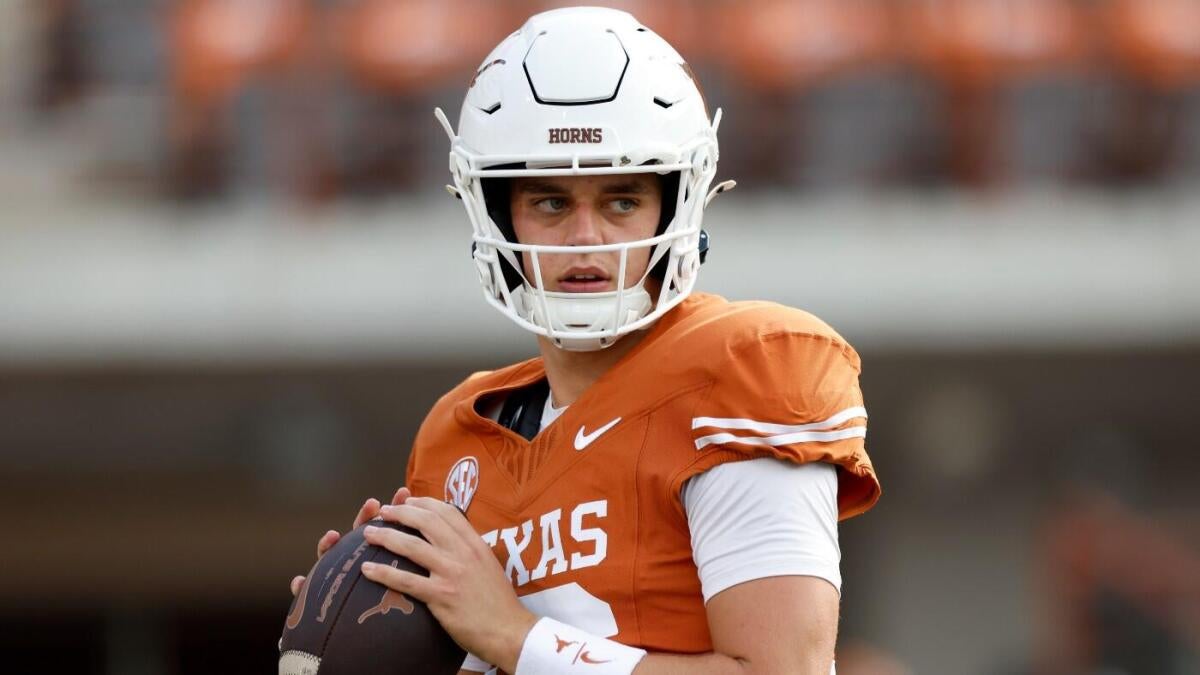The athlete hype cycle is nothing new; human nature draws us to fresh, exciting talents and the thrill of being first to notice them is universal. What’s changed with social media’s rise is the early fame bestowed on the so-called “next big thing,” often based on limited exposure. Take Kordell Stewart, who at 25 had three NFL years under his belt when ESPN The Magazine once spotlighted him as a future star. Today, his career would be endlessly analyzed across media, often to the point of exhaustion.
In college football, no player exemplifies the new timeline better than Texas quarterback Arch Manning. Despite his family legacy—being the nephew of Super Bowl winners Eli and Peyton Manning—Arch has only thrown about 90 passes and started two college games, yet he’s one of the biggest names in the sport. The media hype pushes us past highlight reels into deep game film analysis to gauge whether Arch’s promise is genuine or just overblown buzz, similar to the scrutiny placed on Bronny James in basketball.
Physically, Arch matches the classic Manning stature at 6’4″ and 216 pounds, but his throwing motion is more compact and efficient than his uncles’, allowing for a quicker release that makes him harder to sack, while still possessing deep-throw capability demonstrated by his near 60-yard pass last season—comparable to top draft picks like Trevor Lawrence. Although his arm strength might not rival some of today’s NFL stars, he’s capable of making all necessary throws in a pro-style offense. Moreover, his timing and anticipation are advanced for a player so young, reflecting the practiced finesse his uncle Peyton mastered.
On the ground, Arch showcases impressive mobility inherited from his father Cooper, a former promising wide receiver recruit whose career was cut short. While not an explosive run threat like some college quarterbacks, Arch’s mobility adds significant strategic value, much like quarterbacks Daniel Jones or Drake Maye, who use running ability to keep defenses honest and exploit mistakes. Arch’s limited but effective long runs last season outpaced those of his famous uncles over their entire NFL careers.
Areas needing development include playing under pressure, where Arch is still learning. He struggled with sacks and forced errors during last fall’s games, which is typical for an inexperienced QB. With Texas losing key offensive linemen, watching Arch’s performance under duress in 2025 will be crucial.
As for the NFL Draft, Arch is undeniably a top prospect with a pedigree guaranteeing he’ll be chosen high someday. The bigger question is when he’ll declare. His uncles both stayed in college for full eligibility—Peyton four years and Eli five—and recent trends show many athletes opting for more college tenure, especially with NIL money now available. Even if Arch shines as Texas’s starting quarterback next season, it’s likely he’ll remain in college to be the centerpiece of the 2027 quarterback class.
Compared to Trevor Lawrence, Arch shares arm talent and public expectations, though whether he meets them fully remains to be seen. Scouts praise his quick release, arm strength, and NFL-level play speed while noting his limited experience and occasional tendency to overextend plays. Experts agree he’s already on NFL radars but expect him to return to Texas next season for more development.
Arch Manning’s college stats show promise, including a solid completion rate and touchdowns, and his high school accolades were exceptional, breaking records previously set by his uncles. His 247Sports profile rates him as the nation’s top quarterback recruit of 2023, confirming his elite status.
Fan Take: Arch Manning’s rise highlights a new era where college stars gain massive attention early, reshaping draft dynamics and fan expectations. NFL fans should watch closely, as his development could significantly influence the sport’s future quarterback landscape.



